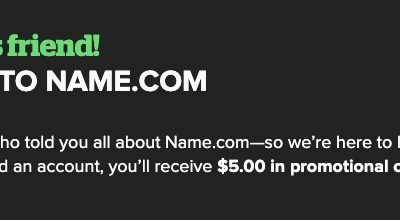The value of product pages should never be neglected as they are the key elements responsible for driving (or stopping) more business to your e-commerce website. It doesn’t matter what category of products you sell—everything is subject to some “rules” you need to be aware of, if you really want to “sell” and convert traffic to real, tangible sales. And in case you don’t want to be a statistic where 65% of clients abandon their shopping carts without completing their orders, here is some insight scoop on articulating product pages that really sell (and control competition)
Tip one: Write proper titles.
A proper title for your products should be clearly defined and describe your product in just a few keywords or sentences. To make the product stand out from the rest, you should include at least 1 unique focus keyword along with the regular ones. Try to keep the title not too short nor too length—a maximum of around 65 characters /10 words (including your brand in every product isn’t necessary) is ideal for most product categories, as there are some limits imposed by search engines. Thus, doing your best to write a concise and descriptive title with relevant keywords will help your products get indexed by search engines more easily.
Tip two: Include images.
Not everyone is willing to read all that boring text and description—including images is a must if you want to catch the attention of your potential customers and entice them to buy the product as they are the first thing people notice following the title. Your images should therefore be professional looking, clear, and demonstrative of the product you have to offer in the best light possible.
Tip three: Write compelling descriptions.
Instead of throwing just a few keywords here and there (like 80% of e-commerce do), including short yet compelling stories of your product should make you stand out from the rest. You should “inform” customers of what your product has to offer and “inspire” or “motivate them” to buy your product to get the benefits you have promised in your product descriptions. A good description should include most if not all of these elements: product features, product advantages for the customer, availability of the product, shipping info and anything else relevant that you think will make your product stand out from the rest.
Tip four: Include Call to Action (CTA) text or buttons.
Call to action buttons such as “buy it now!” ,“add to cart” and “proceed to checkout” should be in appropriate places (usually under the description of your product) and highlighted in bright colors e.g. red, light green, sky blue or bold fonts to make them pop and be visible for everyone—you don’t really want your clients to miss these as the whole point of selling your products would be useless.
Tip five: Include prices.
Like the CTA buttons, the price amount of your products should be included next to or below your product description as clients need to know the price they are going to pay clearly—hiding it in other areas e.g. a downloadable catalogue will give the impression to your customers that the prices are beyond their reach and that you have something to hide.
Tip six: Be simple.
Designs and layout with too much unnecessary visual and text elements will distract customers and will defeat your purpose of highlighting your products efficiently. Moreover, you risk losing traffic as people will get overwhelmed and proceed to visit the sites of your competitors (ouch). Therefore, make sure you include only the basic and necessary elements and avoid too much clutter.
Tip seven: Make sure your pages load in time.
Another reason why prospect clients may leave your website and choose a competitor is if pages that fail to load fast. If your product pages take more than a few seconds to load, your clients will most probably get frustrated and abandon the website as no one has the patience to wait incredible amounts of time for a page to load. Thus, make sure you check the loading time of your pages frequently and report any problems to your webmasters to fix this issue as quickly as possible.
Tip eight: Include reviews.
Customers want to know the experience of others (good or bad), before deciding to purchase a product. If you have managed to win the satisfaction of some of your customers, ask them to leave a review or testimonial of your product, highlighting the advantages and satisfaction with your product/service. Remember: happy customers bring more happy customers and reviews/testimonials are a great way of building a good reputation and driving more clients to your website.
Tip nine: Include reasonable shipping costs.
One of the reasons potential buyers may abandon their shopping carts are hidden and unreasonable shipping costs. If for example you offer a product that costs $5 dollars and you charge $25 for shipping after checkout (without displaying the exact amount in a visible page e.g. shipping costs), your client will most likely find this unreasonable and abandon their shopping cart before you can say “pronto”. Therefore, make sure your shipping costs are reasonable and displayed in a separate visible page.
Tip ten: Feature regular deals and sales.
Everybody wants to get their desired product at a much lower price (if they can) and including regular deals and sales will decrease the resistance of your buyers to purchase a certain product. It would also be useful in this case to offer CTAs e.g. buy this now or the price will jump after an X period of time. That should make them feel more eager to take action fast and “avoid” any raise in the price.
Extra one: Include demo videos.
Another element you should consider adding for attracting more online sales, is the addition of demo video/s that highlight the uses and advantages of your product. Of course, it must look professional and clear—otherwise you will leave the wrong impression to potential customers.
Need extra expert help in driving more customers to your e-commerce website? Contact one of our experts at www.digidestination.com and we are going to assist you in every step of the way—satisfaction guaranteed!





